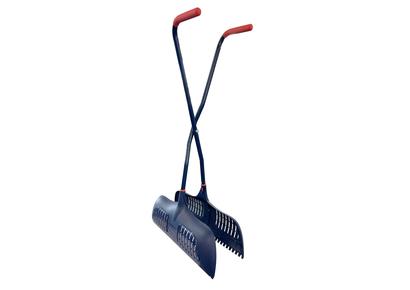
Pruning and training climbing Roses
Roses were grown in ancient Babylon, and are depicted in tomb walls paintings in Egyptian pyramids built over three and a half thousand years ago. And today, they are consistently voted the nation’s favourite flowers.
By late-summer and into autumn, climbing roses can be looking a little disheveled and windswept, having romped away flowering all summer long. In my view, one of the keys to keeping a garden looking good through winter is paying attention to structure, form and details. All of these qualities are visible in climbing roses that have been lovingly pruned and trained. If you ever get the chance to visit Sissinghurst Castle Gardens in winter, their roses are trained to the most graceful swirling perfection.
Before pruning your climbing rose, it is good to check that it is in fact a climber, and not a rambling rose. Climbing roses flower on that year’s new growth, blooming repeatedly from spring through to autumn, as such, they can be pruned any time during their dormant period in late autumn to the end of February. Ramblers, however, tend to put on a one-off whopping display in spring on the previous year’s wood, so they are pruned in summer, to allow new growth for next year’s blooms.
For pruning, you’ll need some sharp bypass secateurs, a pruning saw for any stems thicker than your thumb, and some good thick gloves to keep the thorns at bay.
Start with “the four Ds”; remove anything damaged, diseased, dead, or dying.
- Next, if you have any more than 6 main stems from the base, remove the oldest of by sawing them off near the ground.
- Shorten the side-shoots on the remaining 6 stems, cutting back to about 3 buds from the main stem, or 3 buds away from where you pruned last year
- Prune back the tips of the main stems, to encourage branching.
- Over time you will create a framework of stems, each year replacing the oldest with new fresh stems, to keep the plant vigorous and healthy.
- Now bend the main stems and tie them into supports, using something soft and flexible like jute string, or rubber ties. Space the stems out equally in a rough fan shape. The stems need to be running horizontal to the ground, or arched over to form a curve, in order to slow the flow of sap and trigger the production of flowers all over.
From November to late April is bare-root season, meaning you can buy roses online or mail-order, for cheaper than a potted rose. Once you’ve ordered your roses, prepare the ground with lots of well-rotted manure or home-made compost. As soon as they arrive, soak the roots in cold water for at least 2 hours or overnight, and then plant. With many grafted plants such as fruit trees, you should keep the graft above ground, but with roses you should plant them so the top of the graft is 2” (5cm) below the surface of the soil.


